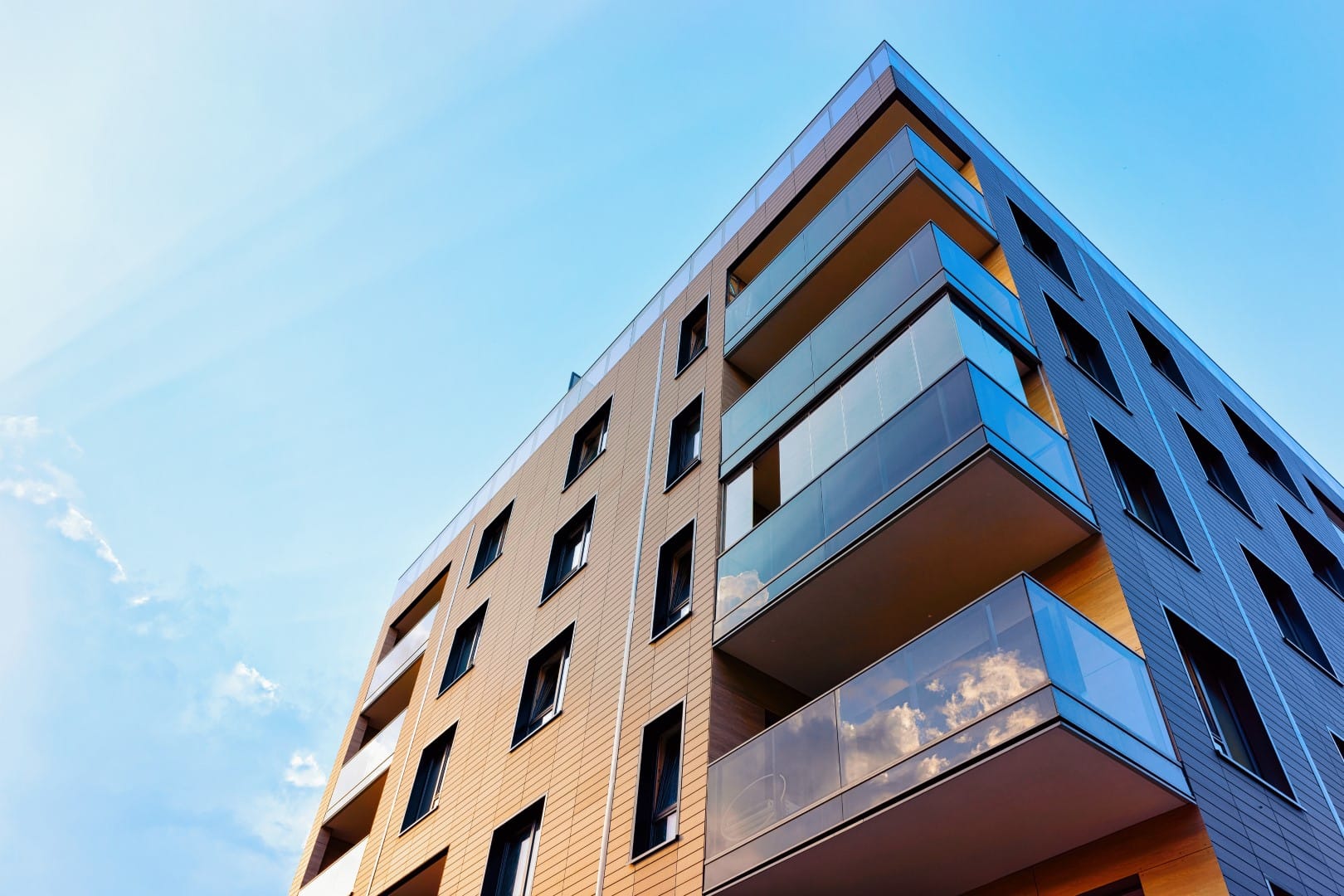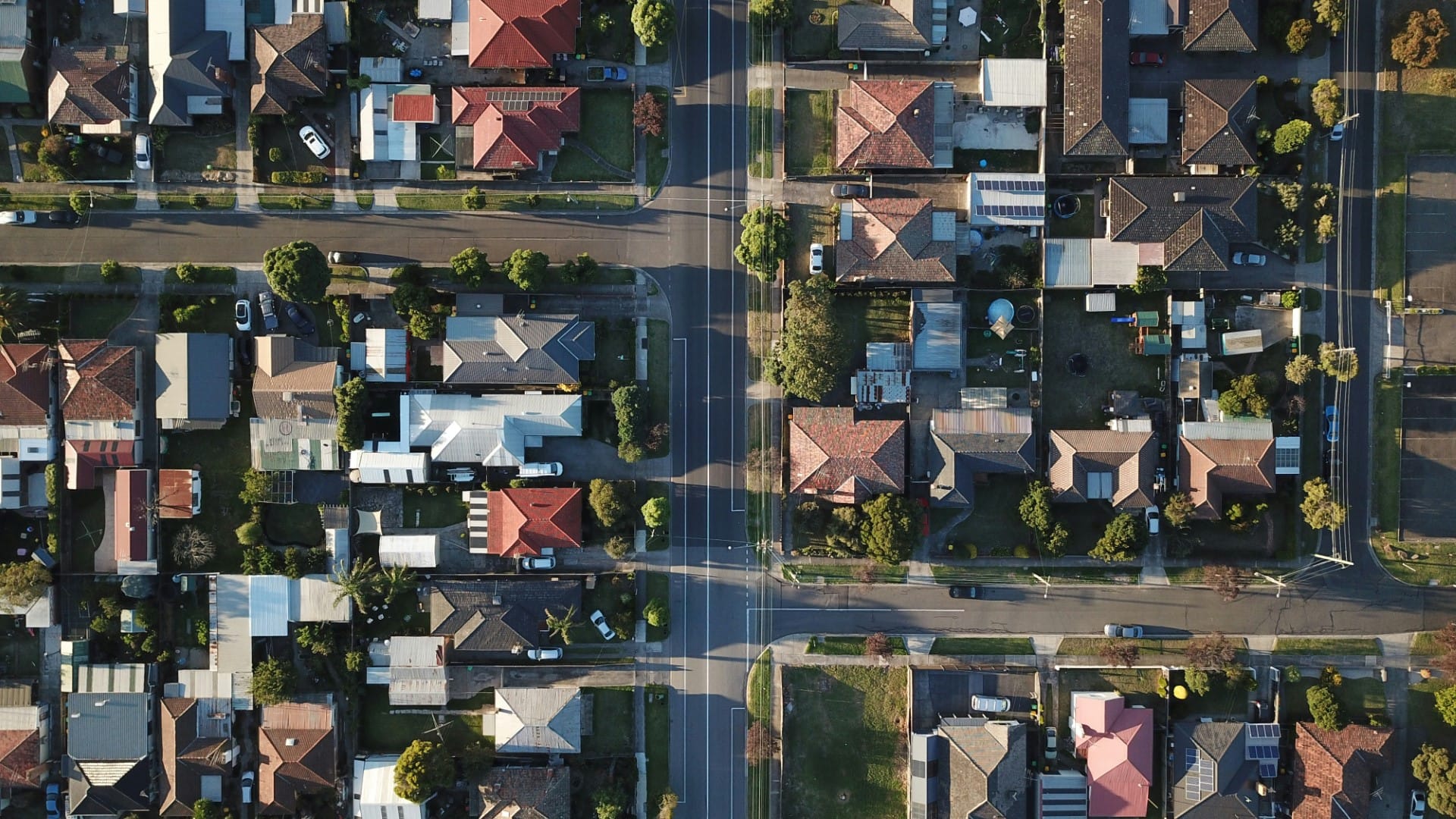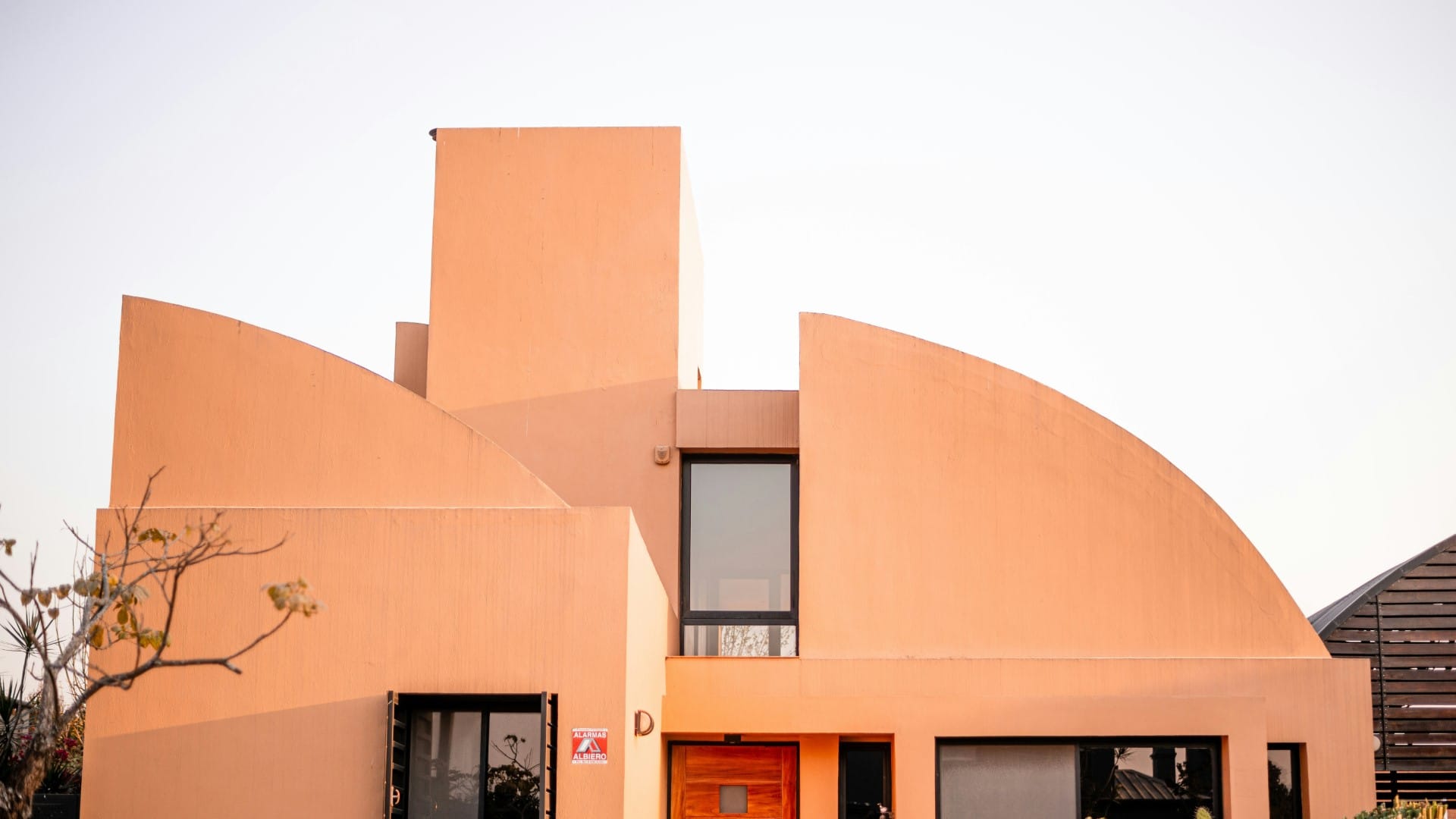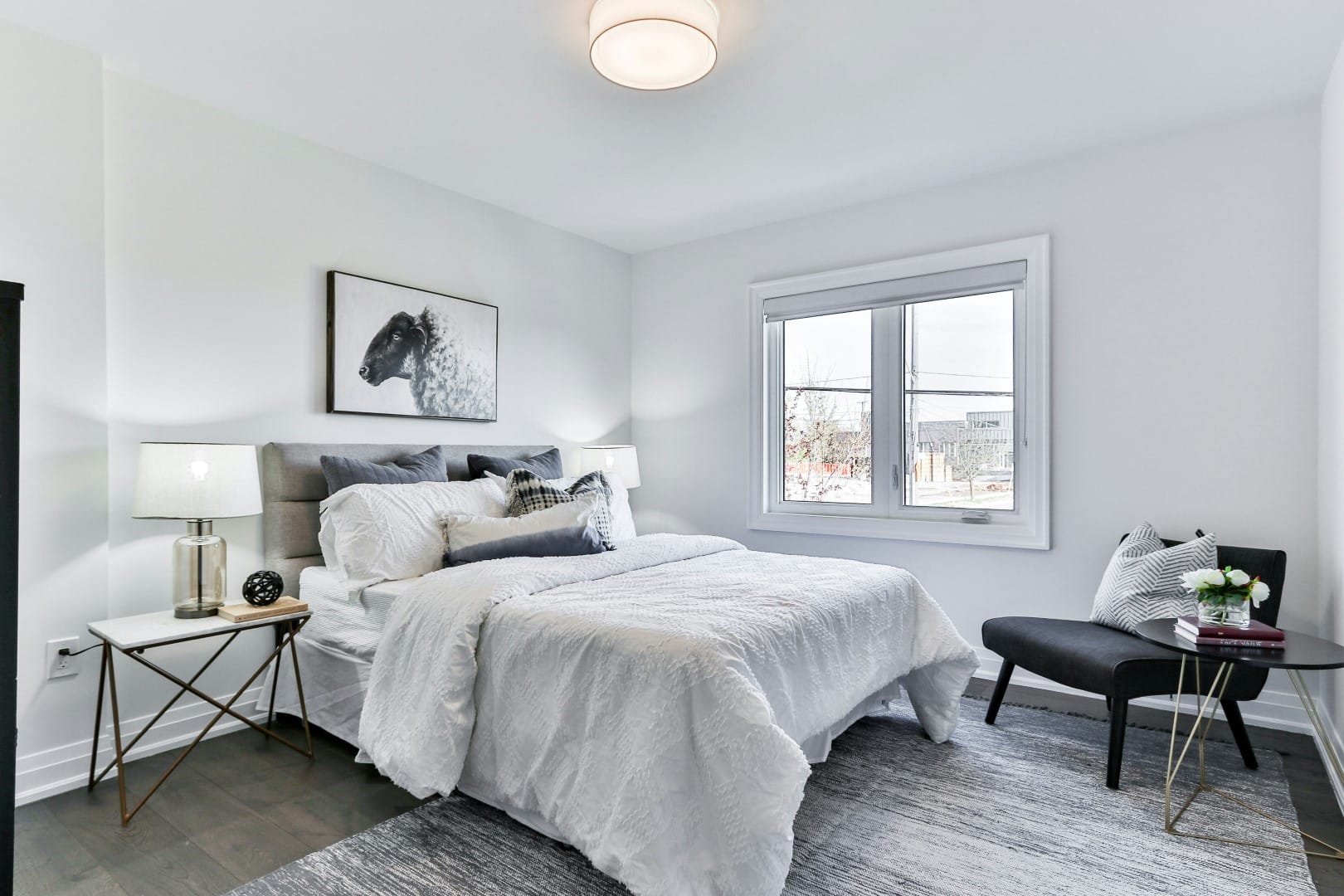In April 2024, the Portuguese government, led by Prime Minister Luís Montenegro, introduced a plan titled Construir Portugal, which comprised 30 measures to reform the country’s housing sector and address one of Portugal’s most pressing issues.
By June 2025, new actions were unveiled to curb the soaring cost of housing, which saw a yearly increase of 16.3% at the beginning of the year—the highest figure ever recorded.

The strategy launched in 2024 was primarily focused on boosting housing supply, especially for young people, and marked a break from the inaction of the previous government. The 30 measures under Construir Portugal were grouped into six core areas:
- Legislative simplification;
- Encouraging housing supply;
- Promotion of public housing;
- Restoring confidence in renting;
- Promoting youth housing;
- Ensuring housing accessibility.
Each area addresses specific long-standing challenges in the country and promises to deliver effective solutions.
The measures introduced in 2025 are focused on significantly increasing housing supply (across public, private, and cooperative sectors), simplifying licensing procedures, and rebuilding trust in the rental market.
To clarify the developments, we’ll break down the measures introduced in 2024 first, followed by those added in 2025.
Legislative simplification:
- When applying for a housing loan, you can choose a different insurance provider than the one preferred by your bank. This measure aims to promote better competition among insurance companies, thus benefiting the market.
- Legislation aimed at streamlining the real estate sector, known as Simplex Urbanístico, implemented in early 2024, has now been reviewed, deepened, and improved.
- A new Construction Code was approved, representing a collaborative effort among various entities associated with this sector. Within three years, new guidelines will be devised to set forth regulations and modernize existing ones, including some that trace back to the 1960s. Also planned is the creation of a digital platform that will allow for automatic and easily accessible checks for professionals in this field.
- The Building Information Modeling (BIM) methodology ) has been adopted. This methodology, already widely used across Europe, involves software that serves as a database containing all the pertinent details for a construction project, and also creates 3D models, informing about costs, strength, or the type of material required. This method further facilitates communication among professionals involved in the project and ensures greater speed in building and renovating buildings.
- The notion of controlled costs and affordable rents were adjusted to ensure that housing expenses are genuinely equitable for individuals across various regions and timeframes. This measure will help create a more stable and enduring real estate market.
- The Extraordinary Contribution on Alojamento Local (CEAL – Contribuição Extraordinária sobre o Alojamento Local), which was introduced in October 2023 by the previous government, was scrapped. Alojamento Local licenses will no longer expire and can be transferred between owners. The calculations for the obsolescence coefficient will be revised, granting municipalities greater decision-making authority.
- A new IHRU Portal (Institute for Housing and Urban Rehabilitation) was launched to increase transparency in application tracking.

Photo by Tom Rumble – Unsplash
Encouraging housing supply:
- The Government made publicly owned properties available for housing with affordable rents, implementing this measurethrough public-private partnerships.
- A semi-automatic legal regime was introduced, meaning a law that will facilitate the use of vacant or uninhabited public properties for housing projects proposed and executed by municipalities and, if necessary, in partnership with private entities.
- Changes to land use laws now allow rural land to be used for the construction of sustainable housing with controlled costs, aimed at key workers like teachers, police officers, agricultural workers, industrial employees, and tourism staff.
- A study was conducted to establish new urban hubs aimed at releasing pressure in urban areas. These new hubs will be designed with sustainability at the forefront and should be in harmony with transportation infrastructure.
- A new system was implemented under which projects offering affordable rent, controlled costs, or temporary housing qualify for benefits. This includes permissions for increased construction density in designated areas.
- The government willguarantee credit for cooperative construction through the allocation of public land.
- Dedicated credit lines were created to promote Build to Rent projects.
- Reduction of VAT to the minimum rate of 6% on rehabilitation or housing construction works, with a limit on this benefit based on the price.
- An agreement was struck between the government and construction sector stakeholders to boost building capacity through industrial processes and recruitment of local workers.

Photo by Lucho Renolfi – Unsplash
Promotion of public housing:
- 25,000 homes from the Recovery and Resilience Plan (PRR) were made available, managed entirely by local councils.
- Additional funding was allocated to housing projects not covered under the PRR.
- There are plans to strengthen the promotion capacity of the Housing and Urban Rehabilitation Institute (IHRU) through public construction aimed at the Affordable Rent program.
Restoring confidence in renting:
- The government has repealed forced leasing, which penalized private property.
- Repeal of the Mais Habitação measure, guaranteeing and replacing the State as the tenant.
- An investment contract was created for Built to Rent and Available to Let.
- The government aims to rectify measures taken over the past eight years to restore flexibility to the rental market.

Photo by Lotus Design N Print – Unsplash
Promoting youth housing:
- Young people will have the State’s guarantee to obtain bank financing for their first home purchase.
- Those under 35 will be exempt from paying IMT (Property Transfer Tax) and Stamp Duty on their first property purchase up to the 4th IMT bracket, i.e., up to 316 thousand euros.
- An Emergency Programme for Student Accommodation was established.
- Implementation of the National Housing Plan 2025–26 will provide over 18 thousand student beds.
- The Porta 65 rental support program was reworked to better align with the economic reality of young people. The exclusion regarding the rent limit will be eliminated.

Photo by Simon Maage – Unsplash
Ensuring housing accessibility:
- The government will simplify and streamline rental support programs, eliminating their expiration.
- A set of rules was introduced to manage transitions between subsidised and affordable rent, ensuring uninterrupted financial support.
Measures Introduced in 2025 under Luís Montenegro’s New Term
Significant Increase in Housing Supply
The original target of 25,000 homes through the PRR by 2026 was revised and expanded to approximately 59,000 homes by 2030, through:
- Building, renovating, and acquiring housing across public, private, and cooperative sectors.
- Boosted funding: €4.2 billion total (€1.4 billion from the PRR and €2.8 billion from the State Budget).
- Around 36,000 homes will receive 100% funding, with the remaining 23,000 covered up to 60% by 2030.
Tackling Rising Prices
- Temporary schemes launched to reduce or eliminate taxes and urban planning fees, with 6% VAT on residential construction.
- Creation of priority urban expansion zones, backed by fast-tracked infrastructure.
- Immediate action on vacant public buildings for rehabilitation and rental purposes.
- Reform of the licensing system to speed up approvals.
- Incentives for affordable renting and the Build-to-Rent model.
Promoting Public Housing and Rehabilitation
- A new funding model under the 1.º Direito scheme will add 33,000 homes not covered by the PRR, all publicly funded.
- The majority (70%) of these homes will come from rehabilitation, with only around 25% being new builds.
The Construir Portugal plan, reinforced in June 2025, sets out an ambitious roadmap to expand housing supply, stabilise prices, and improve access. Prime Minister Luís Montenegro has emphasised that this is a commitment shared by parliament and local authorities alike.







